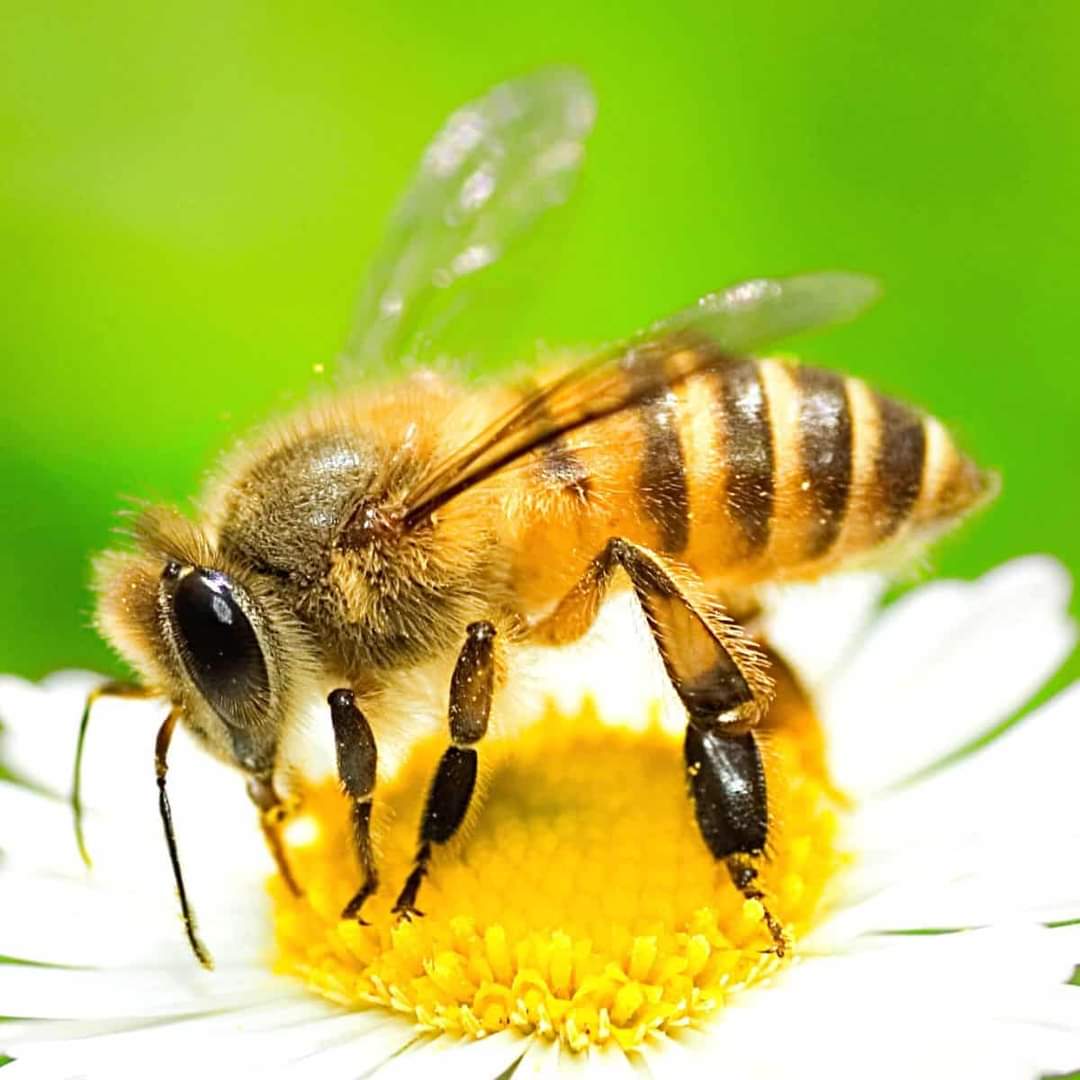The Intricate Harmony of Bee Physiology and Social Dynamics

Muhammad Ahmad Aliyu, Katsina Times
The bee, a marvel of natural engineering, exhibits a meticulously designed physical structure optimized for the precise execution of essential tasks. Comprising three main segments—the head, thorax, and abdomen—the bee's anatomy serves the core functions of collecting nectar, pollinating flowers, and producing honey. The head accommodates intricate mouthparts, compound eyes, antennae, and simple eyes, while the thorax hosts six legs and two pairs of wings, enabling flight and mobility. The abdomen houses vital digestive and reproductive organs.
A pivotal feature of the bee's physiology lies in its specialized mouthparts, finely tuned for extracting nectar and collecting pollen from flowers. Furthermore, the bees' hairy bodies facilitate the efficient transfer of pollen between flowers, contributing significantly to the pollination process. The compound eyes, capable of perceiving ultraviolet light, empower bees to navigate and locate flowers with exceptional precision.
Beyond their physical attributes, bees manifest highly social behaviors within organized colonies. These colonies typically comprise a solitary queen bee, numerous worker bees, and a limited number of male drone bees. Each bee assumes a distinct role, with worker bees engaging in foraging, nursing larvae, and hive maintenance, while the queen focuses on egg laying, and drones contribute to fertilization.
Intricate communication systems, involving pheromones and dances, facilitate coordination among bees within the hive. Their advanced olfactory senses enable the detection of floral scents over considerable distances, enhancing their ability to locate food sources with remarkable efficiency.
In summary, the symbiotic relationship between the intricate physical structure and social dynamics of bees ensures the survival and prosperity of the entire colony. The bees' adept foraging, pollination efforts, and honey production play an indispensable role in preserving ecosystems and sustaining global food production.

